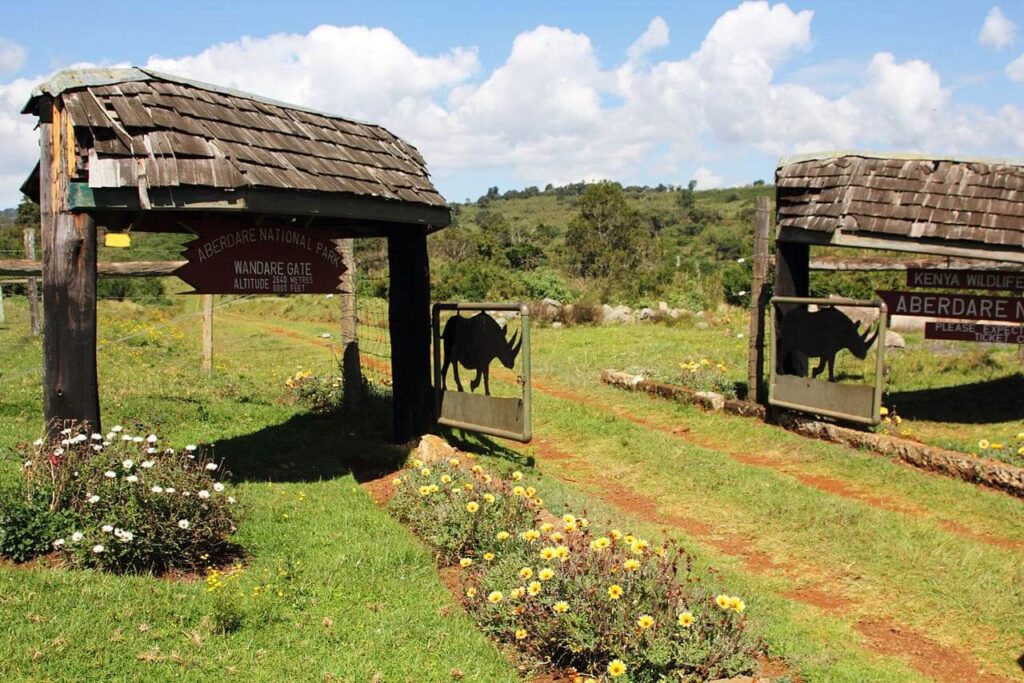


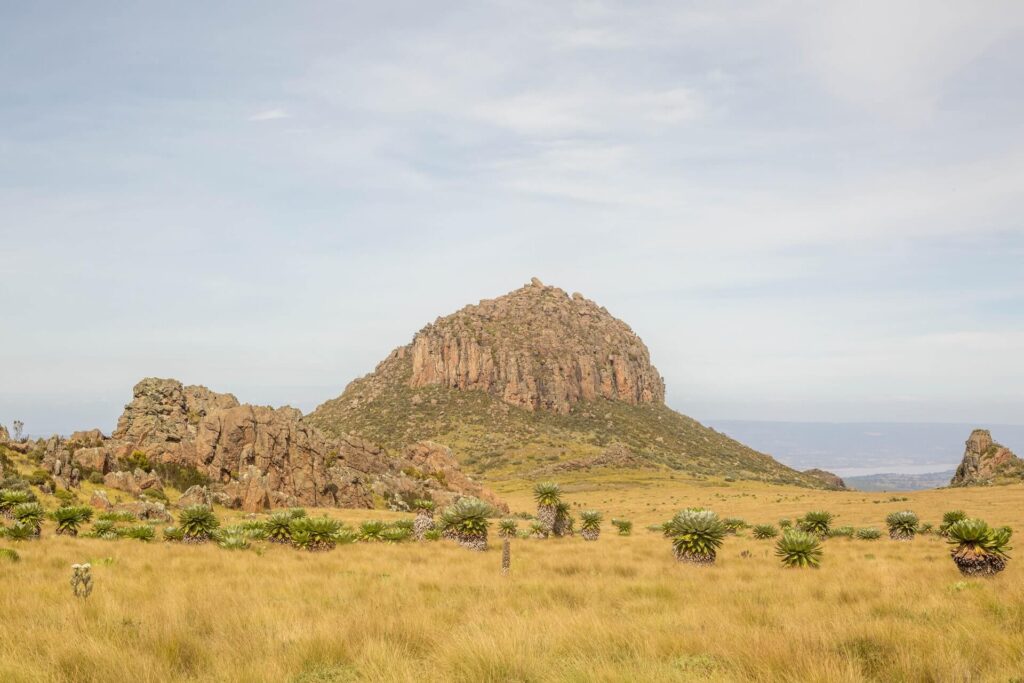
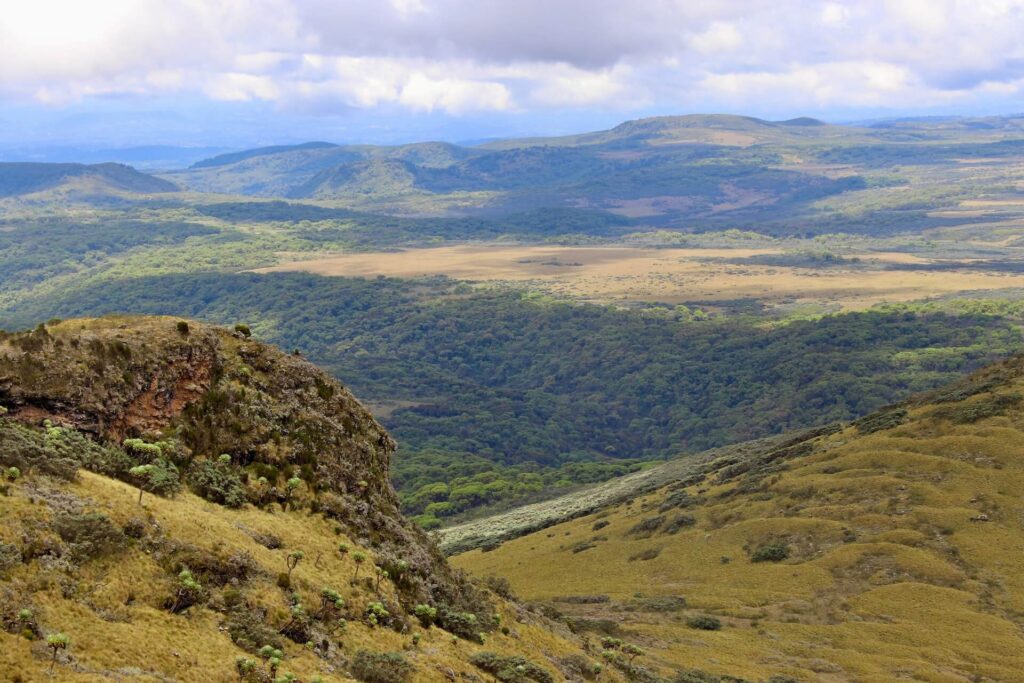
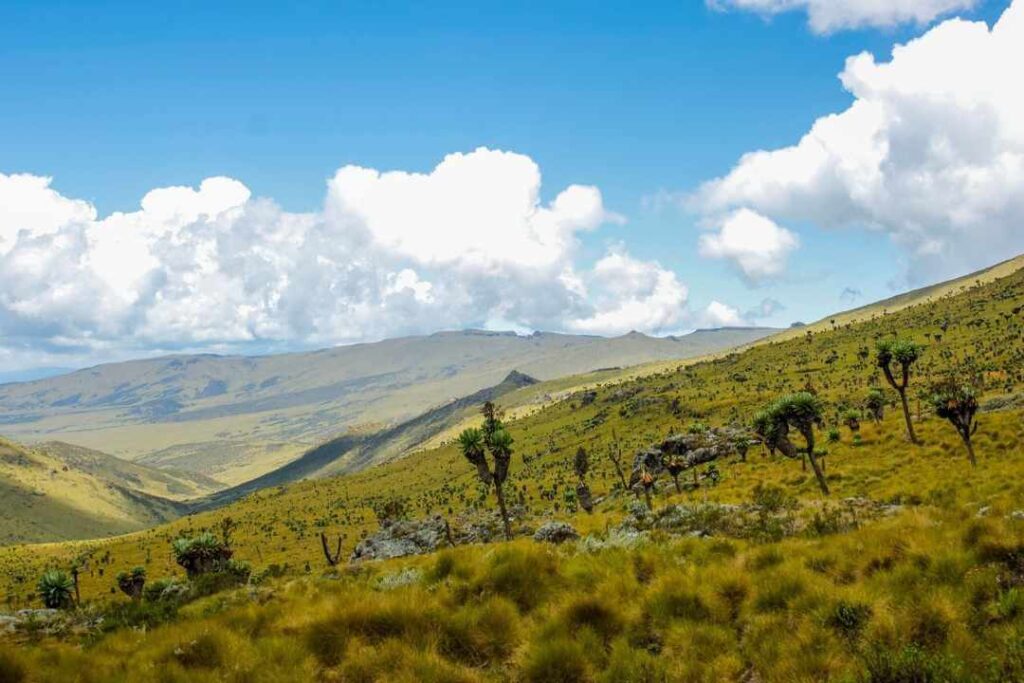
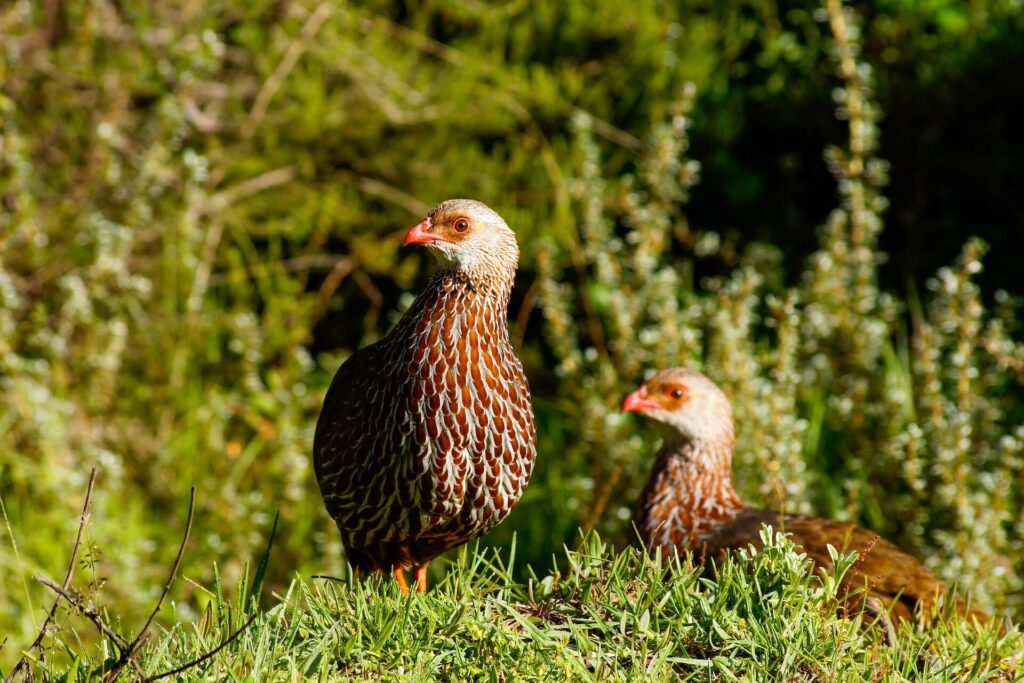
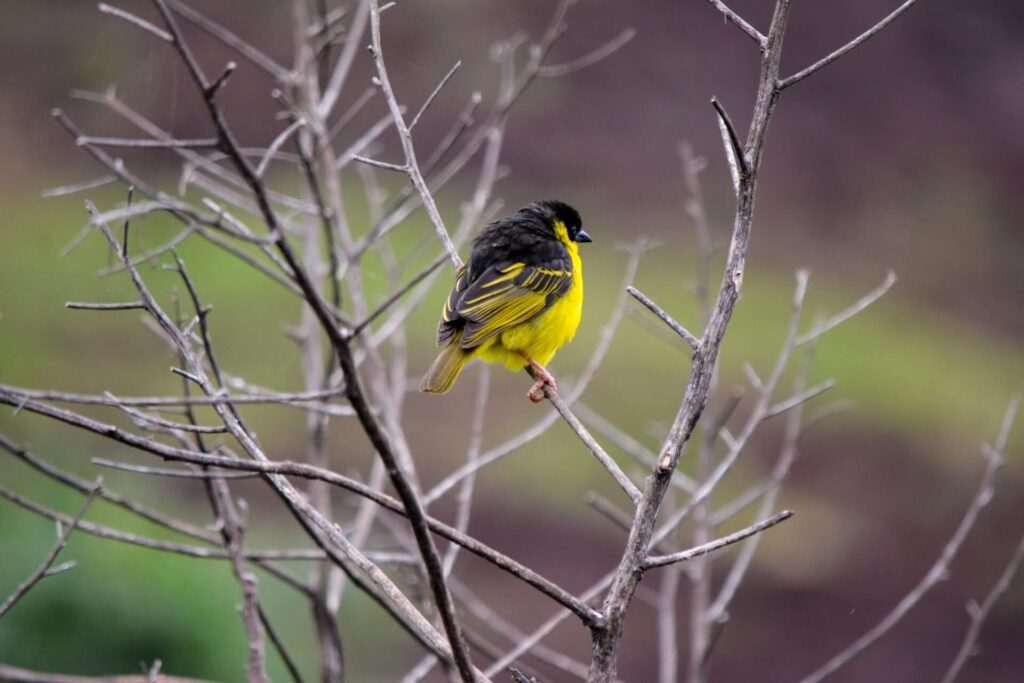
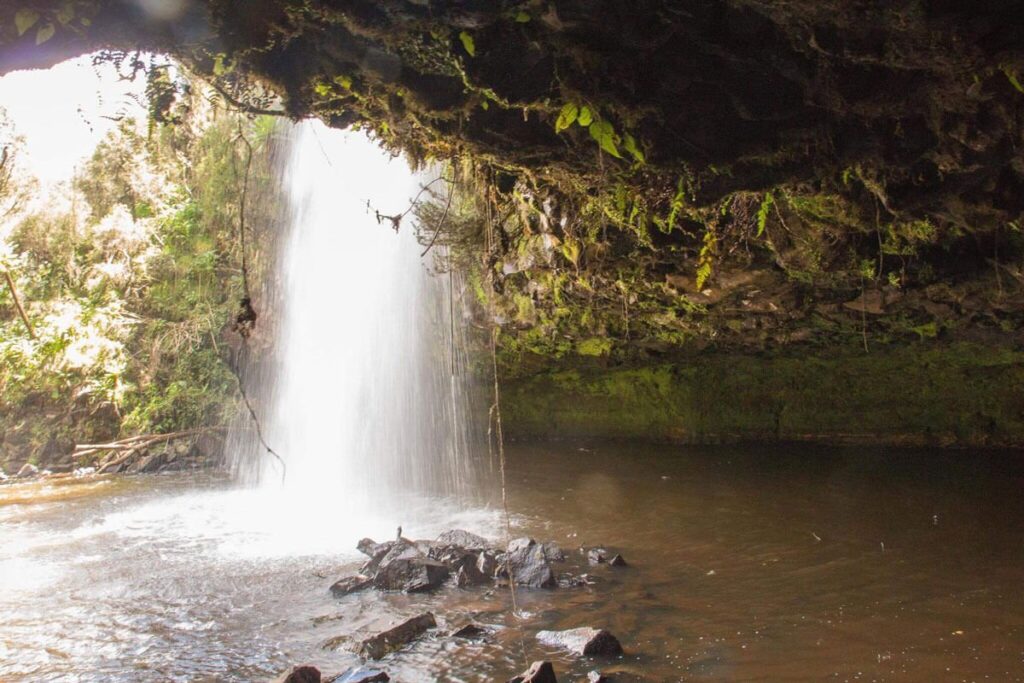
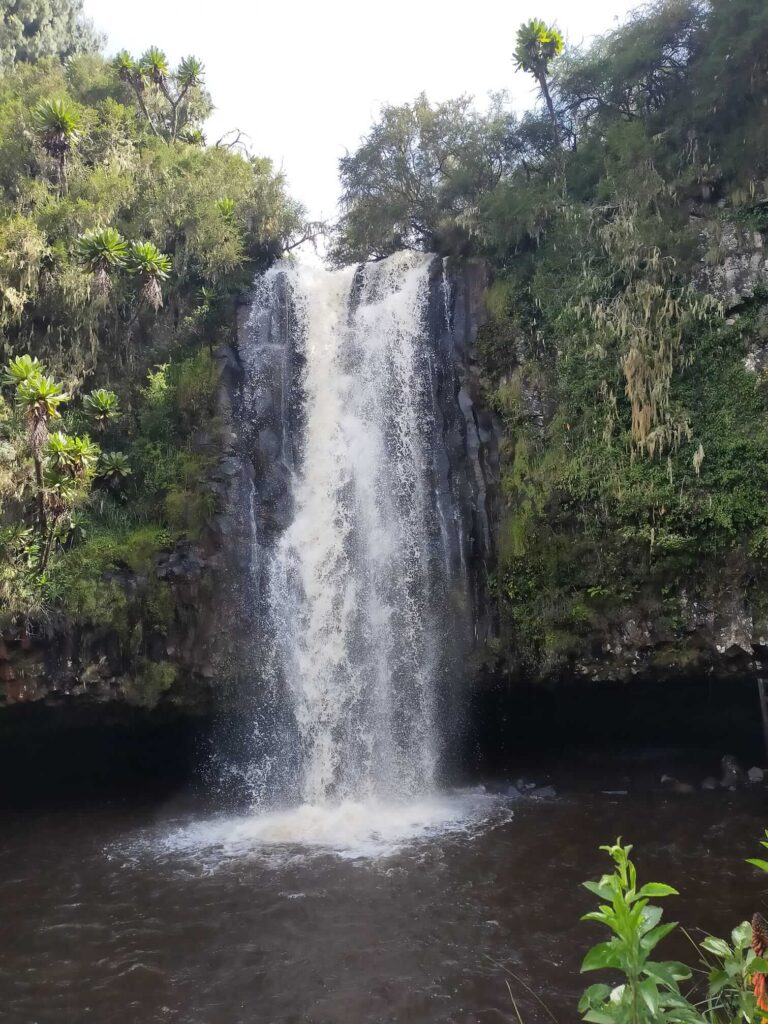


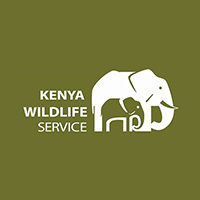
Majestic Peaks, Moorlands and Intriguing Falls
Affiliate Disclosure: This listing may contain affiliate links. If you click through and book a tour, I may earn a small commission at no extra cost to you.
The Aberdares are a striking volcanic mountain range stretching from South Kinangop, east of Naivasha, up to the Laikipia Escarpment northwest of Nyahururu. This range forms the eastern wall of the Great Rift Valley, and its dramatic landscapes make Aberdare National Park one of Kenya’s most unique destinations.
The park is home to rich flora and fauna, with elephants and buffalo dominating the scene. Rare and endangered species such as the elusive bongo antelope, African wild dog, giant forest hog, black leopard, and the endemic mole rat and mole shrew can be spotted here. A thriving population of black rhinos, leopards, servals, spotted hyenas, bush pigs, reptiles, and endemic bird species also call this wilderness home.
The highest peaks are Ol Donyo Lesatima (3,999m) and Kinangop Peak (3,906m), separated by vast alpine moorlands. The park’s rugged terrain is dotted with streams and spectacular waterfalls, including Karuru Falls, Gura Falls, and Chania Falls, some plunging over 300 meters into the forest below. Beyond its beauty, Aberdare National Park is a vital water catchment area, feeding the Athi and Tana rivers as well as the Rift Valley basins.
To protect its biodiversity, the park is encircled by a 400km-long electric fence, reducing human-wildlife conflict and safeguarding species from poaching.
The park is renowned for its dramatic waterfalls, high peaks, dense forests, and unique wildlife such as the rare bongo antelope and black leopard. It’s also famous for Treetops Lodge, where Queen Elizabeth II became queen in 1952.
The park is about a 2.5–3 hour drive from Nairobi (160 km). Main entry gates include Treetops, Ark, Kiandongoro, and Mutubio.
The dry seasons (January–March and July–October) are best for game viewing and hiking. The rainy months bring lush greenery and spectacular waterfalls, but can make roads slippery.
Yes. Visitors can stay in iconic lodges such as The Ark and Treetops, as well as public campsites and bandas managed by KWS.
Popular activities include game drives, trout fishing, trekking, mountain climbing, bird watching, and night viewing of wildlife.
Aberdare National Park has received 0 reviews with an average rating of 0 out of 5
Please log in or create an account to leave a review.
Update your info, boost visibility, and connect with more customers!
No results available